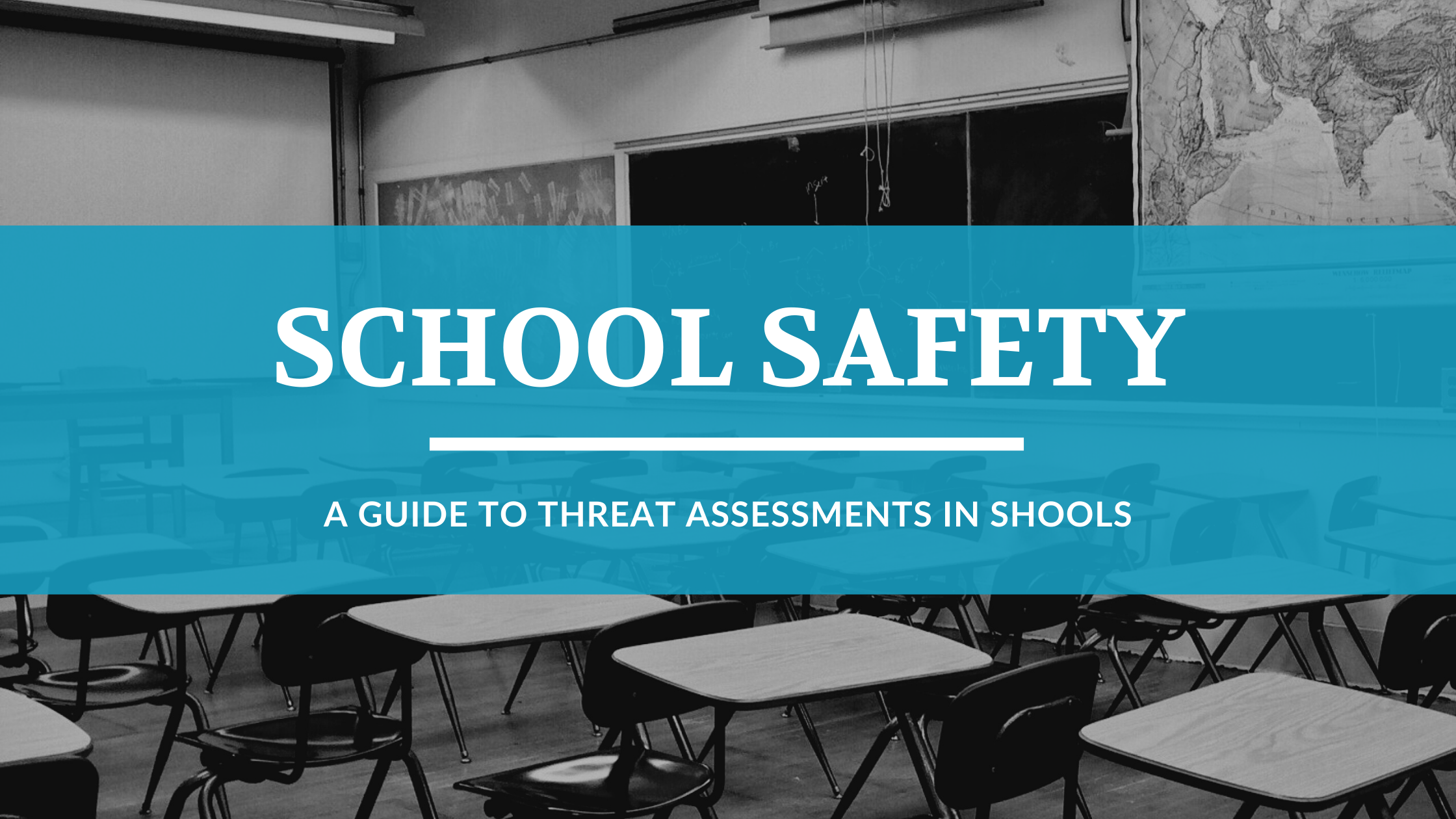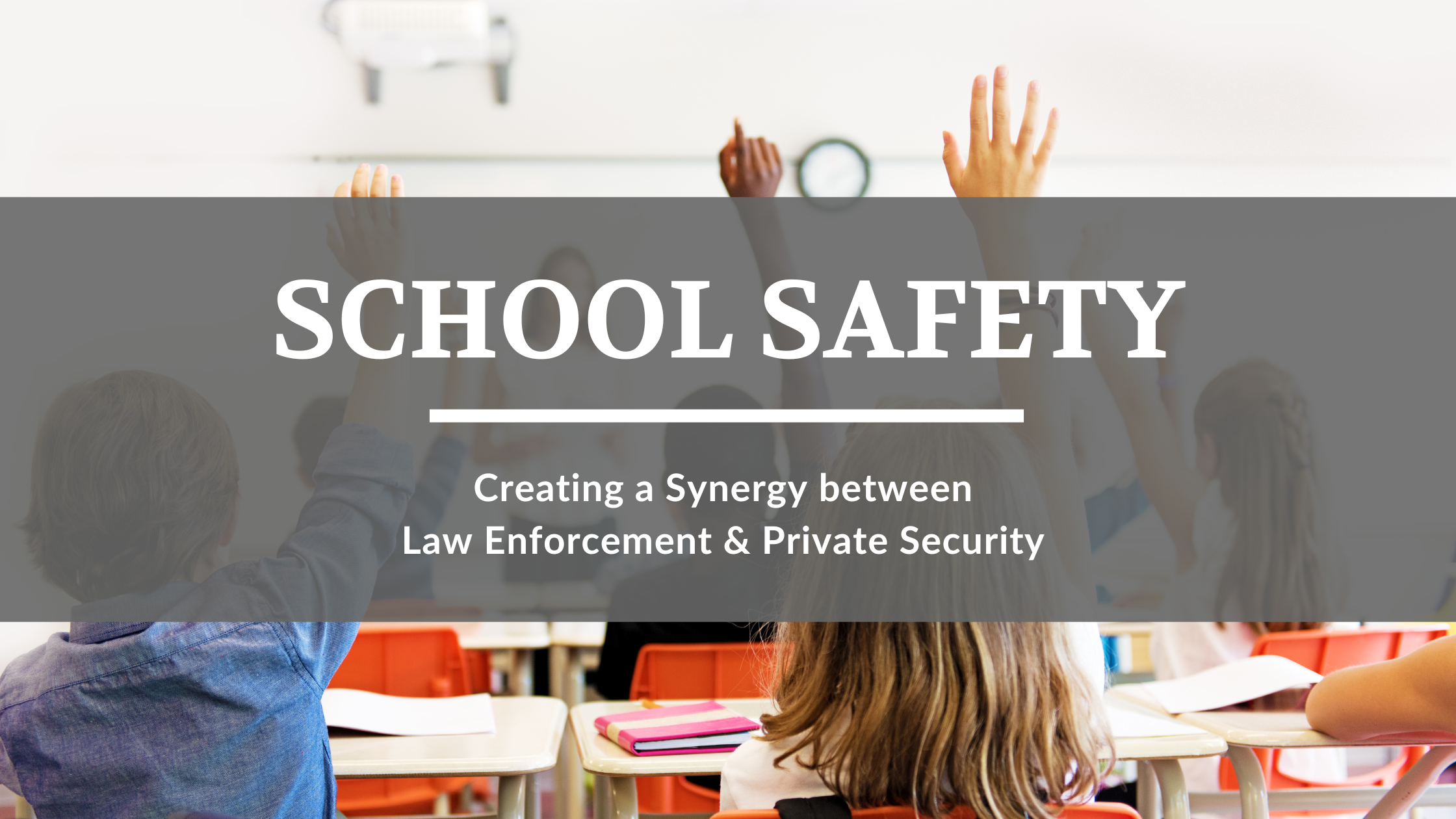Addressing School Safety And What We Learned From School Shootings in 2021
January 5, 2022
School shooters get a lot of attention, and this is both good and bad. While it is important that we understand the reality of these situations and share this information with the public, the sad truth is that shooters receiving attention for their actions is encouraging more of these individuals to take lives and injure their peers.
In online spaces, there are a disturbing number of people—both young and old—celebrating these massacres, and many are seeing opportunity in the fame that these shooters are receiving. Yet, as the threat of school shootings continues to rise, some schools are still failing to take active steps to prevent these deadly assaults—and they are failing to protect the children inside their walls.
As a retired 27-year veteran of the Pennsylvania State Police—and a father myself—I find that many of the educators that I speak with believe that it won’t happen at their school. Though I hope that most of them are right, the reality is that some of them may very well be wrong, and that is what we need to prepare for.
A Realistic Look at Safety Measures
Every single school in the United States should be considered at-risk for a potential school shooting. It doesn’t matter where they are, or what kind of students they have. There is no way to predict where a school shooting will happen next, and schools need to act accordingly. Having the right safety measures in place can save lives.
Most schools default to simple strategies chosen by school officials with a lack of understanding regarding the reality of security efforts. They invest in door locks, video systems, and the occasional on-site security officer. Oftentimes, these general measures are performative at best and fail to help in the event of an actual shooting. Having a video of the attack might be important, as we recently learned with the Oxford High School shooting in Michigan—but these videos won’t stop a shooter that has entered a school. Decisions must be made that offer prevention and protection.
Educating Students and Teachers
The most powerful tool that any school can offer its students and staff is an education. Back when school shootings first started with the Columbine massacre, schools began to practice small and basic drills, often failing to address why certain steps should be taken. This makes it easy for confusion to arise, particularly in the event of an active shooter.
Having students and staff that are educated can make a huge difference when disaster strikes. A school community that knows exactly what to do when these events occur is more likely to take active steps in the event of a disaster.
This is how lives are saved—not by door locks or alarms—but by people who are able to recognize a situation, assess the situation, and take steps to reduce confusion and find protection. Educated students and staff are empowered students and staff, and they will not feel helpless when something goes wrong.
Having Clear Plans
Educating a student body on the reality of school shootings can have a huge impact on recognizing and responding to deadly situations, but the real power is in planning. When students and staff know that there is a clear plan to fall back on in the event of a shooting, they will default to using these plans instead of simply panicking. It is the same reason we have firefighters teach students what to do in the event of a house fire. We are giving them the tools to survive when something goes wrong.
Plans should focus on survival above all else. They need to tell staff and students where to go, what to do, and how to behave in the event of an active shooter threat. This means locking doors and staying quiet, but it also means knowing what to do if you are caught in the hall or bathroom—or if you see someone who seems like they are at risk of committing an act of violence. Clearly communicated plans keep everyone on the same page.
The “Insider” Threat
There is this common belief that having plans that are given to students instead of just staff puts students at a higher degree of risk. People often point out that if students know the plan instead of just the staff that will direct them, then if the active shooter is a student—and it generally is—they will know how to take advantage of it.
This is a completely understandable fear to have, but it isn’t the most realistic one. Even if the shooter is a student who has this information, the amount of scaling that would be involved in weaponizing that information to leverage it against the entire student body is well beyond anything that we have seen. Shooters are often in one area. Having the rest of the students know what to do to preserve their lives can still minimize damage and provide a slightly less tragic outcome. Even saving one extra life with clear planning and education will be worth it.
What the Statistics Tell Us
The Center for Homeland Defense and Security recently stated that school shootings are on the rise. In 2021 alone, 205 school shootings have been reported. September alone brought 151 threats of school shootings—and an alarming 28% of these threats were made by students with clear access to weapons. These numbers paint a grim image of this threat and what the future of our world might look like.
The Reality of the Threat
School shootings are an ongoing risk, and failing to recognize the severity of this threat is blatantly negligent of the schools that are being trusted with the education, care, and protection of these students. The threat of a shooting is very real, and this particular threat is not even limited to schools themselves. Shootings happen every day, and we must all be vigilant about protecting our spaces and the people inside of them.
Don’t Fall for Misleading Statistics
Spurred on by the changes in statistics following remote learning periods caused by COVID-19, there is this perpetuated idea that school shootings are actually declining. This is highly misleading and a direct result of misrepresented data.
The only true contributing factor to a decline in school shootings was the fact that students were not physically in school. Data taken from the Coronavirus lockdown era should be considered essentially useless, as the circumstances that would permit these crimes were completely removed for that duration of time. School shootings—and the potential for them—are only becoming more likely.
The Responsibility We All Share
Protecting students against school shootings is a job that belongs to each and every single one of us. It is the responsibility of the school to take active steps to protect students in the event of a shooting. It is the responsibility of parents to prevent children from having easy access to weapons. As a society, it is our job to be aware of this risk—and prepared for it.
Look for the Signs
With the reality of school shooters becoming clear and the growing online communities perpetuating and celebrating this violence, it is more important than ever to remain vigilant in these settings. Too often, we learn that after a shooting has occurred, the perpetrator of this crime gave clear warning signs.
With the Oxford High School shooting, the shooter in question repeatedly demonstrated violent tendencies and alarming behaviors. This was addressed by school officials, but not to the level that should have occurred. Worse, the parents—who have now been charged for their role in these crimes—failed to take their own child’s behavior seriously until it was too late.
Teachers and school officials can often see concerning behaviors from students, but no one sees them quite like students themselves. Having an environment that teaches kids what to look out for can help students to feel more confident about speaking up when they see something disturbing from their classmates. Nearly every shooting is followed by quotes from students who recognized that something was wrong with their classmate—but it is clear that school officials did not foster an environment where they felt comfortable coming forward.
Have the Right Strategies
Strategy is a key part of survival, and any member of law enforcement, the military, or a security force will tell you that. Schools must take active steps to educate their staff and students so that they have the right knowledge to survive.
Every school’s strategy will differ based on its location, the layout of the school, the details of their policies, and the number of students on the campus. Though some general steps can be taken, true security for a school means having a plan that is fitted for the situation, and that is why general plans from school officials with no security background are less effective. Security experts can create a custom-tailored plan that addresses your school’s needs and risks specifically.
Be Vocal as Parents
Parents will continue to play a key role in ensuring that their students are safe when they are in class. When the school does not take these threats seriously, it is necessary for parents to step up and let their voices be heard. As parents, it is your job to advocate for your children to ensure that they receive a fair and safe education. Sadly, schools often fail to make changes until the parents well and truly demand it.
Knowing Your Options
In response to these highly publicized shootings, schools often ask themselves what they need to consider to provide a safe space for their students. What should they look out for? What plans do they need to have in place? Is there a way to ensure that their school isn’t the next one to experience this tragedy? Knowing your security options can help.
Resource Officers and Police
Having security professionals on-site is a wonderful option for schools if it is available. More schools are turning to security officers and police to protect their campuses, and this can be an excellent place to start. What really matters here is working with a company that will have a plan.
Some security companies simply send someone in to stand watch, and these individuals can have minimal training. These officers are the ones who will be called in when two students get in a fight or a student commits some kind of crime. However, working with a company that provides a clear security strategy that security guards can follow will have a much larger impact when true disaster strikes.
Adequate Training
Training saves lives, and it is important that everyone in schools receives it. At Valentis, we offer an active shooter program that is comprised of a 1.5-hour educational overview that has been designed for students between fifth and twelfth grade.
This program covers a variety of topics that can save lives, and it is based on real information from previous shootings. We provide education, but we present it in a way that is designed to minimize fear while increasing understanding. We also discuss trends, statistics, and warning signs of an active shooter. Finally, we provide defense strategies and survival methodologies that empower students to take actions that can protect their lives—and the lives of others—in the event of a shooter.
Continuous Reassessment
As much as we don’t want to believe it, the active shooter threat is evolving—and not just in schools. To ensure that we continue to provide our students with the protection that they need and deserve, it is crucial to continuously reassess these threats and their trends as time passes. Adapting our strategies will allow us to stay ahead of the threat so that more lives can be saved.
The Takeaway
Students are our future, and educators are one of our most valuable members of our society. Ensuring that these individuals stay safe means acknowledging the reality that they are being targeted. School shootings do happen, and as much as we want to believe it can’t happen near us, this just isn’t true. Bringing together active shooter training, enhanced school security, and educated school communities allows us to approach this threat from all sides and take active steps to keep our people safe.





